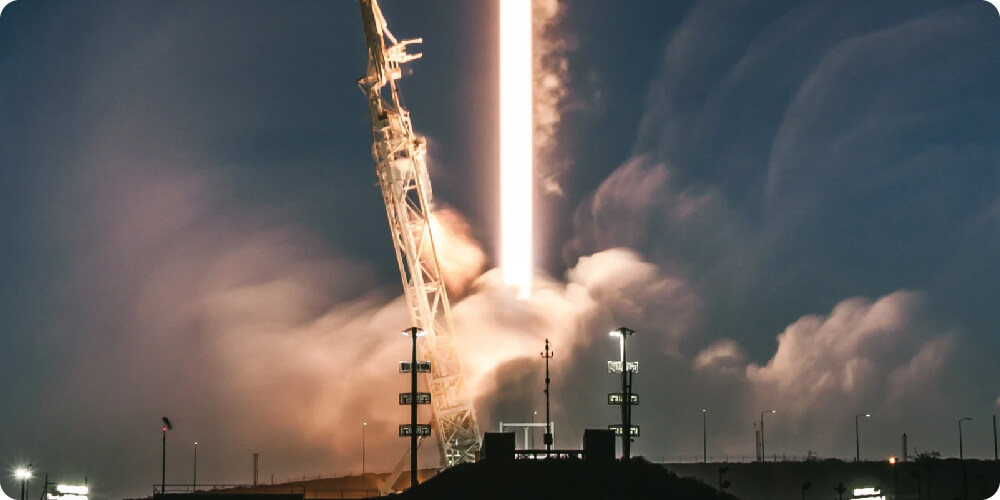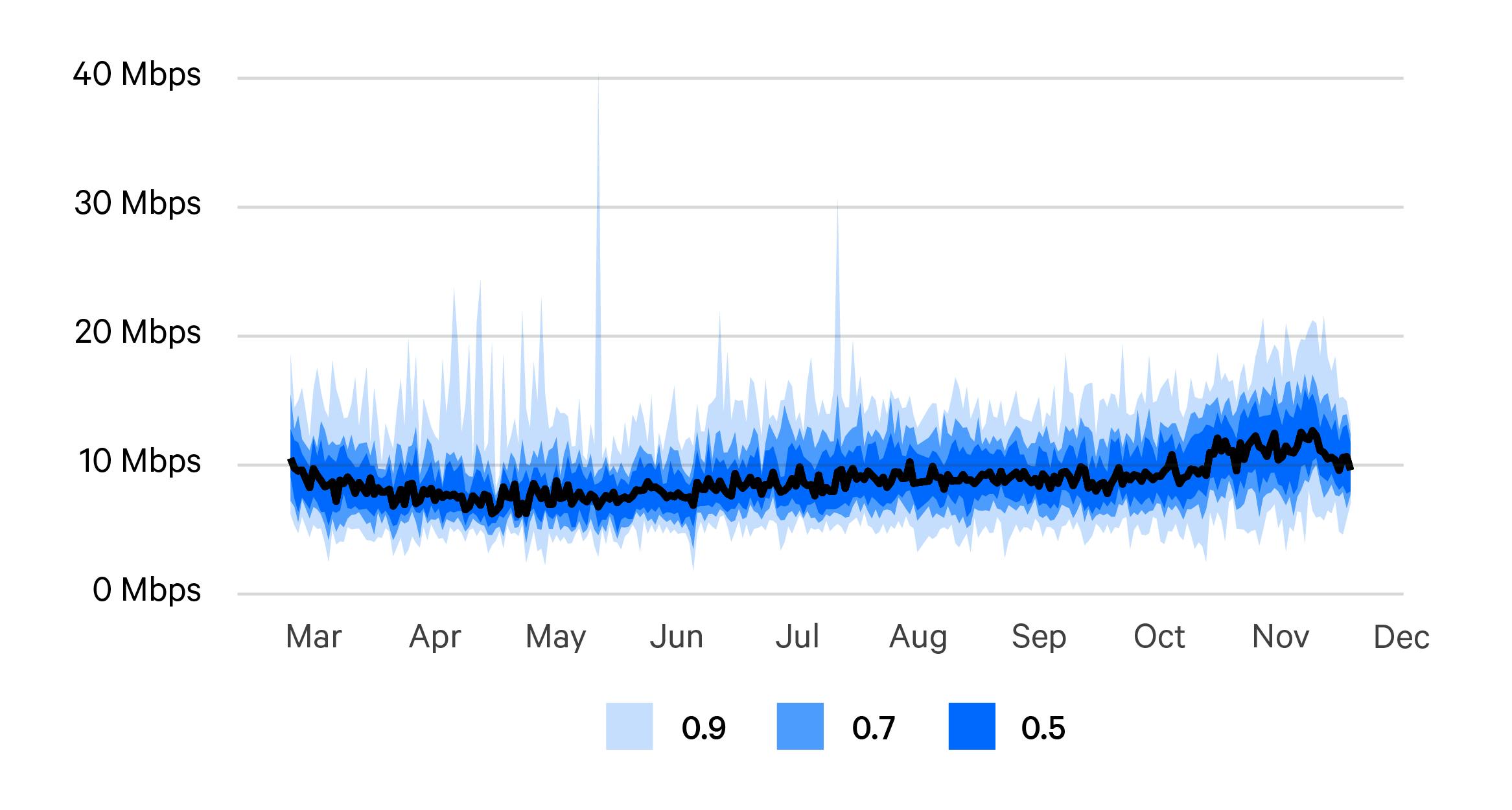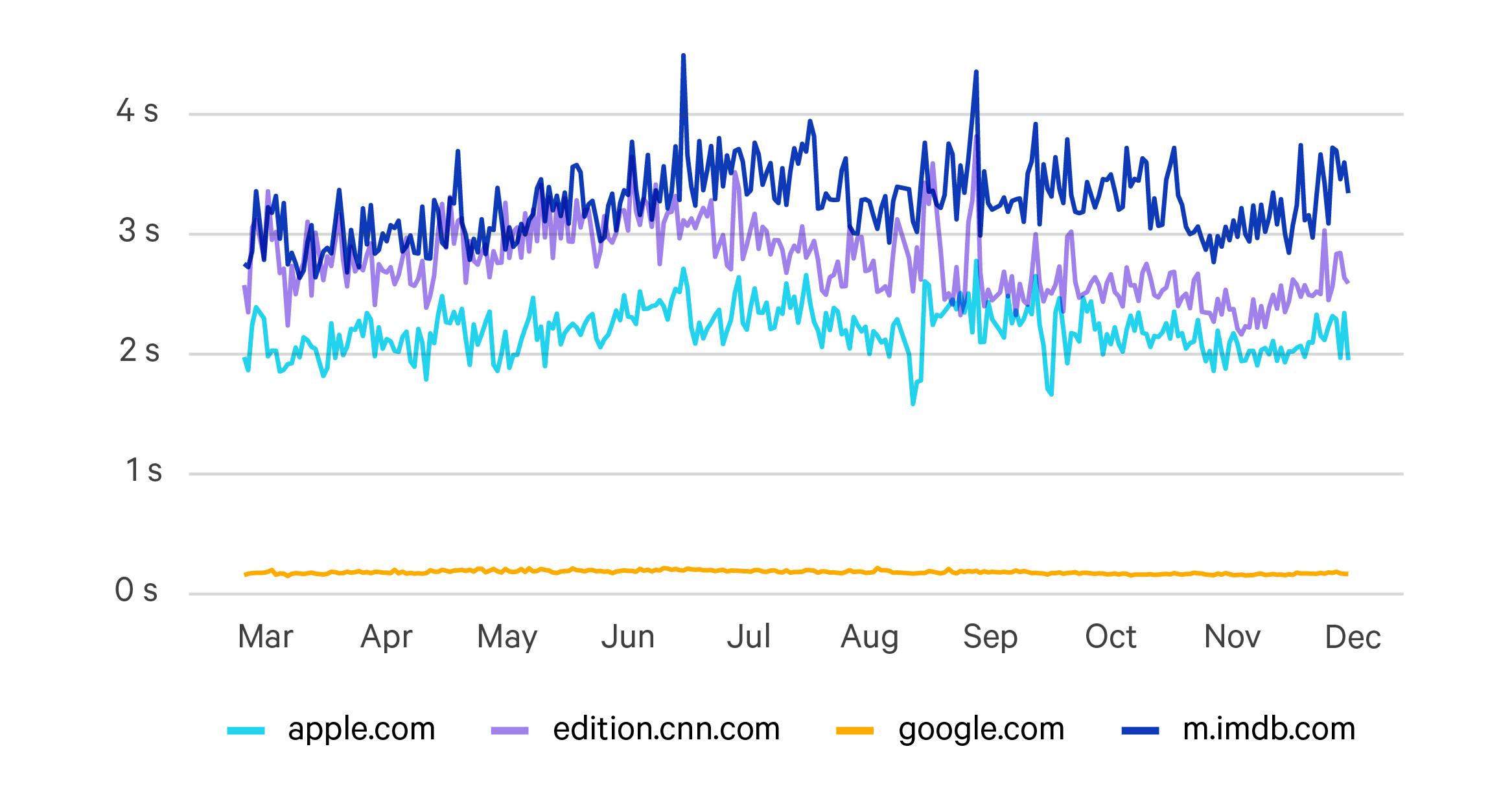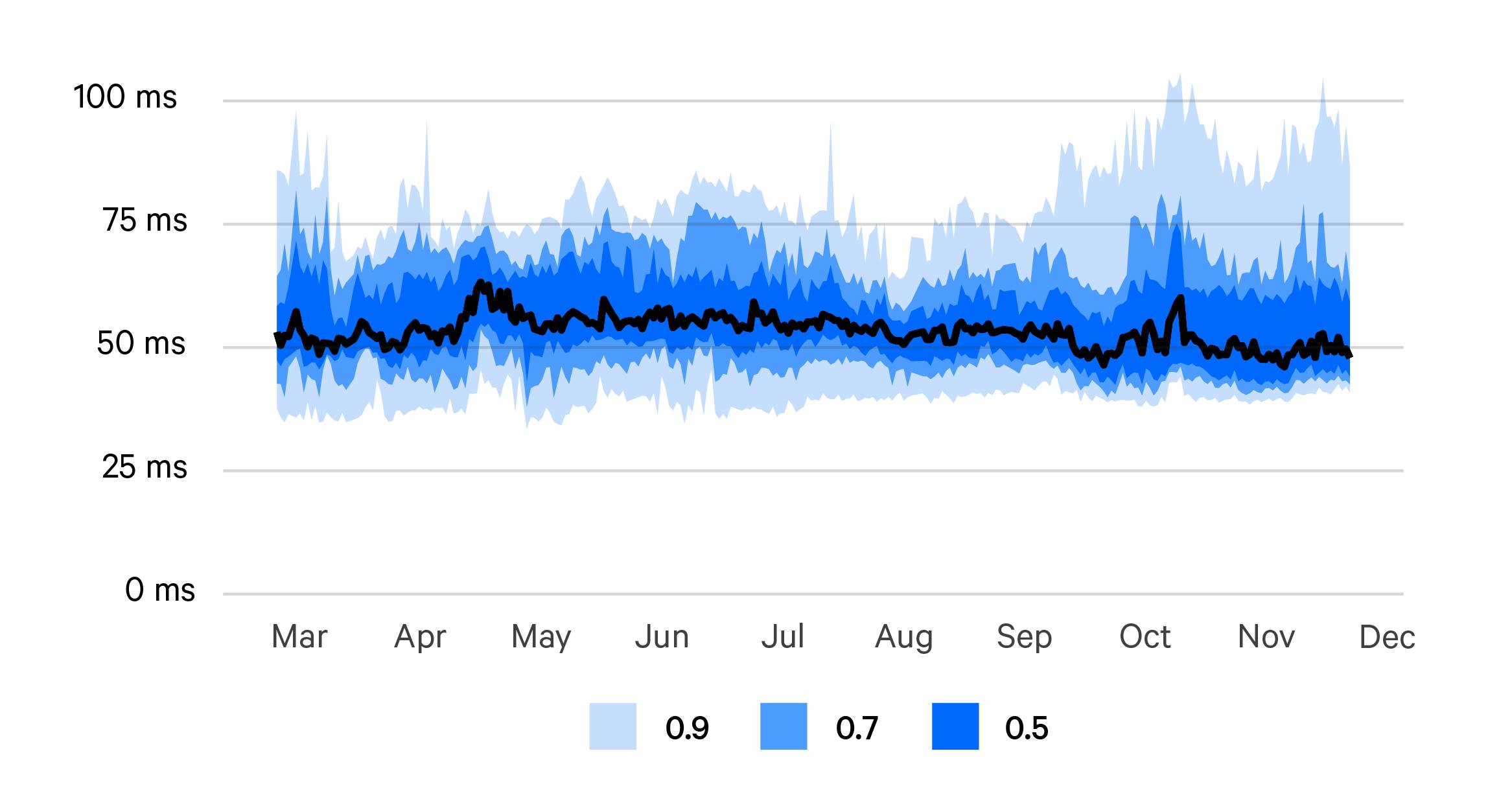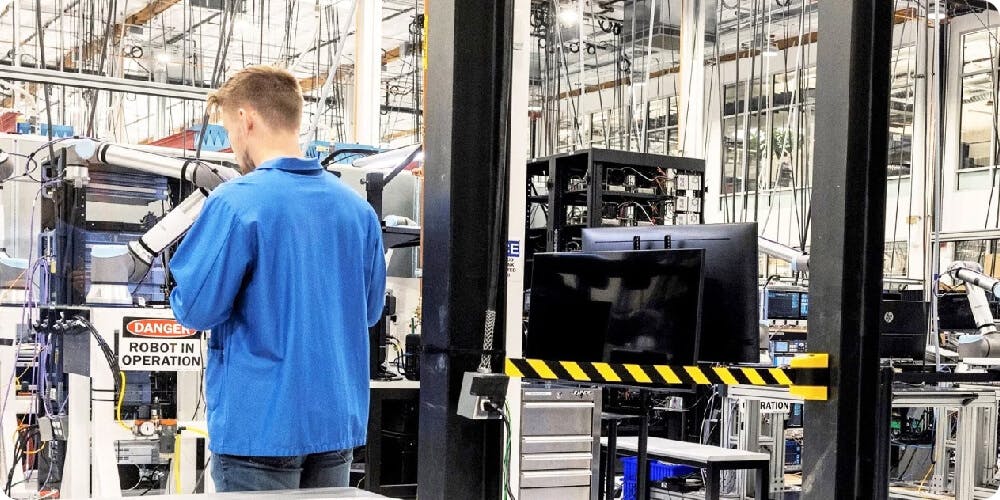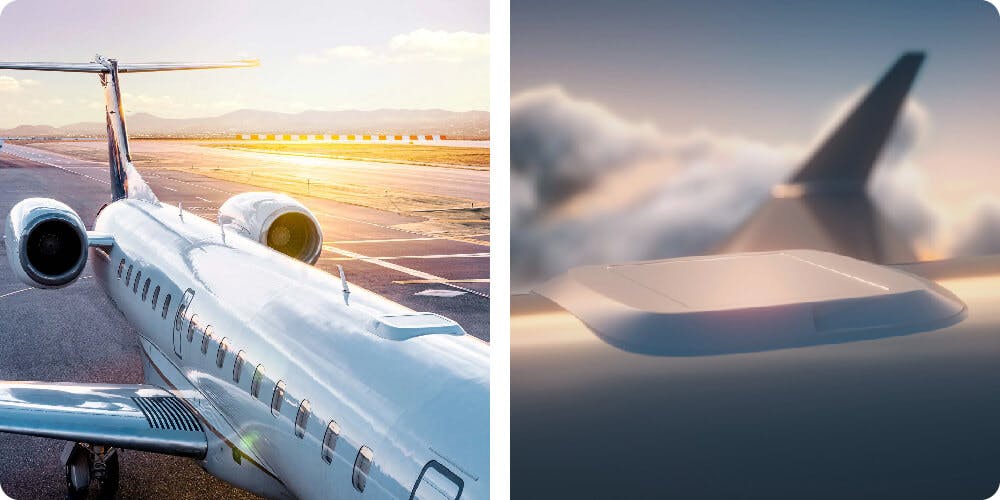Coping with growth
Any broadband provider that rapidly expands its user base is going to face challenges when it comes to capacity. For Starlink, those challenges are substantially greater than they would be for a regular fibre broadband provider. For Starlink to increase capacity, it needs to launch more satellites into Low Earth Orbit and increase the number of ground stations serving those satellites. The good news for Starlink customers is that the company has been doing both.
“Starlink has seen quite a lot of growth in its subscriber base,” said SamKnows founder Sam Crawford. “It has almost tripled its subscriber base this year alone, from a couple of hundred thousand users to, in September, about 700,000 – which is pretty impressive. It has to be getting close to a million now.”
“But at the same time, it’s also been launching a lot of new satellites – it’s north of 3,000 satellite launches now – and opening additional ground stations. So it has been bolstering capacity while also greatly increasing its subscriber base.”
Has Starlink managed to increase capacity to keep pace with that rapid increase in subscribers? The SamKnows performance data suggests the company has – by and large – maintained a consistent level of performance, despite the reports to the contrary.
“We’ve seen in the measurements that it’s definitely more apparent there have been periods of congestion,” said Sam Crawford. “You can see that in the throughput figures. The speeds tend to be a bit more erratic, the confidence intervals have increased, and the latency confidence intervals have also increased.
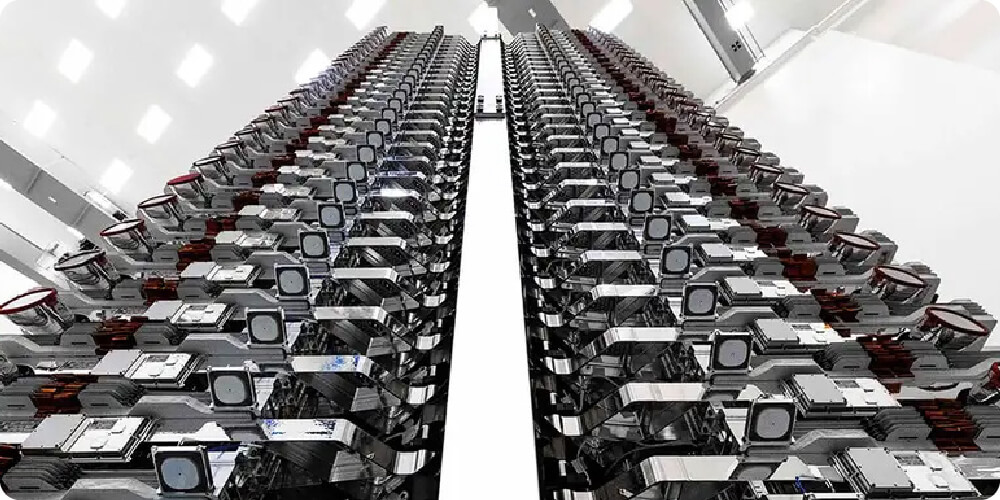
New satellites are launched in batches
“But in the past couple of months in particular, we’ve seen marked improvements, and so it looks like Starlink has brought on some additional capacity. In general, aside from increasing confidence intervals, the actual averages – both in terms of throughput and latency – are pretty much the same. They’ve barely changed for a year, which is quite impressive given that Starlink has increased its subscriber base more than threefold. Some users are indeed seeing far worse performance – there are probably areas of significant congestion – but, on average, Starlink is holding up pretty well.”








































